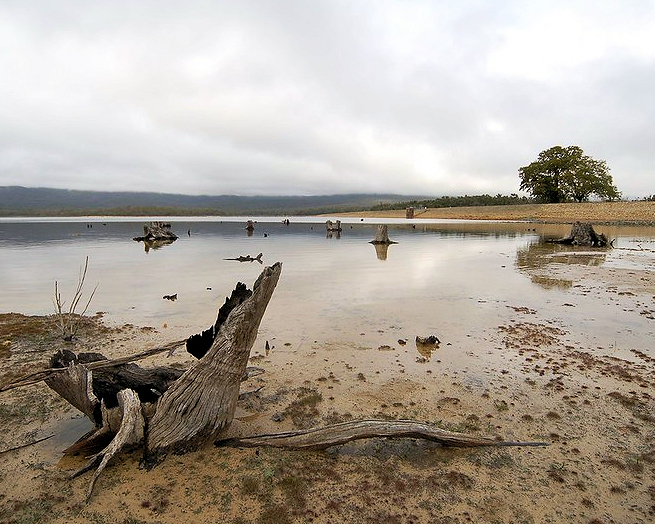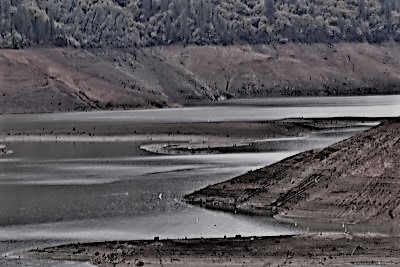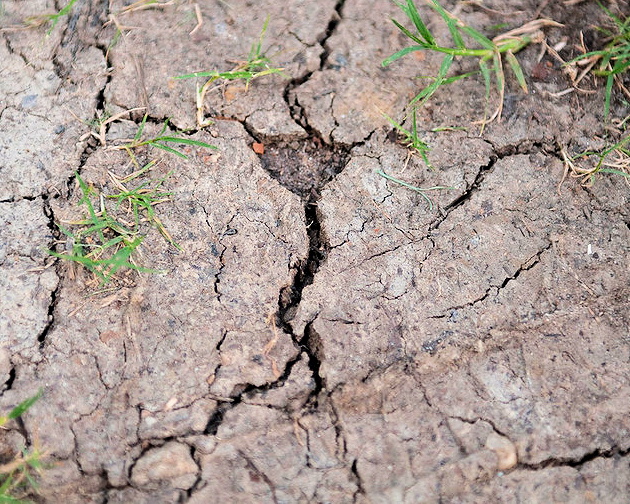 In 1624 John Donne wrote “No man is an island” thus making him one of the world’s first published systems theorists. Yet, despite its origins long ago, and its demonstrated usefulness in helping us to come to a proper understanding of so much, the notion of “systems” is too often overlooked in our analyses. We fail to see the interconnectedness of things, or worse, we ignore it. This is the certainly the case in the approach of the County of Napa, which chooses to ignore the reality of the water system as a whole, as it attempts to plan for ongoing sustainability of valley subbasin groundwater resources in the county.
In 1624 John Donne wrote “No man is an island” thus making him one of the world’s first published systems theorists. Yet, despite its origins long ago, and its demonstrated usefulness in helping us to come to a proper understanding of so much, the notion of “systems” is too often overlooked in our analyses. We fail to see the interconnectedness of things, or worse, we ignore it. This is the certainly the case in the approach of the County of Napa, which chooses to ignore the reality of the water system as a whole, as it attempts to plan for ongoing sustainability of valley subbasin groundwater resources in the county.
The subbasin is, for all practical purposes, the floor of the Napa Valley north of the City of Napa. The Groundwater Sustainability Plan (GSP), required by the State, will be determined by the county Board of Supervisors acting on the recommendations of the Groundwater Sustainability Plan Advisory Committee (GSPAC). Ostensibly the GSPAC represents a cross-section of water stakeholders in the county yet there is a notable lack of BIPOC (Black, Indigenous and People of Color) representation together with a very heavy winery representation. But I digress.
The GSPAC contends that their hands are tied and they only can assess the subbasin itself per the requirements of State law. This is a bit of a three-card monte for State law REQUIRES that the subbasin be included but expressly does not PROHIBIT a more complete analysis. Approaching the problem of sustainability of the subbasin from a systems perspective means we realize that the groundwater in our aquifers is not some self-contained, self-sustaining, entity but that it depends on inflows to compensate for outflows. The outflows are, for the most part, flows to the Bay and water draws by Napa County consumers (read wineries). The inflows (or replenishments), on the other hand, come from rainfall that arrives on our hillsides and in our streams and rivers. It is axiomatic that water flows from high elevations to low elevations. This means, of course, that water flows from the tops of the mountains, the watersheds, to the valley floor, the subbasin. And this means we need to study what happens on those watersheds.
 Think of the subbasin as a bathtub. In order to sustain the level of water in the tub once we open the drain, we must balance the water going down the drain (outflows) with water added from the faucet (inflows). If we maintain the outflows but don’t add new water, the tub will go dry. And if we only measure the water at the bottom of the tub, it will go dry before we cand take action. Now, think of the mountain watersheds as the faucet. Any attempt to understand the future of the subbasin means that we must understand what is going on in the watersheds. What happens on the watersheds is the early warning indicator of what will happen in the subbasin. As we see water stress on the watersheds, we can adjust outflows to maintain stability of the resource.
Think of the subbasin as a bathtub. In order to sustain the level of water in the tub once we open the drain, we must balance the water going down the drain (outflows) with water added from the faucet (inflows). If we maintain the outflows but don’t add new water, the tub will go dry. And if we only measure the water at the bottom of the tub, it will go dry before we cand take action. Now, think of the mountain watersheds as the faucet. Any attempt to understand the future of the subbasin means that we must understand what is going on in the watersheds. What happens on the watersheds is the early warning indicator of what will happen in the subbasin. As we see water stress on the watersheds, we can adjust outflows to maintain stability of the resource.
To extend the analogy, think of the taps as the rainfall we receive. The more rainfall, the wider open the taps and the more water that can come out of the faucet. If, however, you slowly shut off the tap you slowly but surely reduce the amount of water coming out of the faucet. The current drought is shutting down out taps; less and less water is arriving to the watersheds and that means less and less water is available to replenish the subbasin. Our streams and rivers are dry. In order to properly understand what is happening, or is likely to happen in the subbasin, we need to know what is happening on the watersheds. And we need to know what is happening to rainfall today and in the future, not last week or last year.
 Yet the GSPAC seems to view things differently. They stubbornly refuse to examine anything beyond the valley subbasin. Sustainability, for them, is determined by measures of water levels in the aquifer. But by the time we see reductions in subbasin water levels, all we are really measuring is the degree to which we have already passed sustainability. The GSPAC must study the sustainability of our water resources as a whole. And they need to use rainfall models that anticipate future situations rather than relying on past data (for more on models, see the articles by Roland Dumas on the subject).
Yet the GSPAC seems to view things differently. They stubbornly refuse to examine anything beyond the valley subbasin. Sustainability, for them, is determined by measures of water levels in the aquifer. But by the time we see reductions in subbasin water levels, all we are really measuring is the degree to which we have already passed sustainability. The GSPAC must study the sustainability of our water resources as a whole. And they need to use rainfall models that anticipate future situations rather than relying on past data (for more on models, see the articles by Roland Dumas on the subject).
Water is our most valuable resource. Studying the subbasin means studying the watersheds as well.